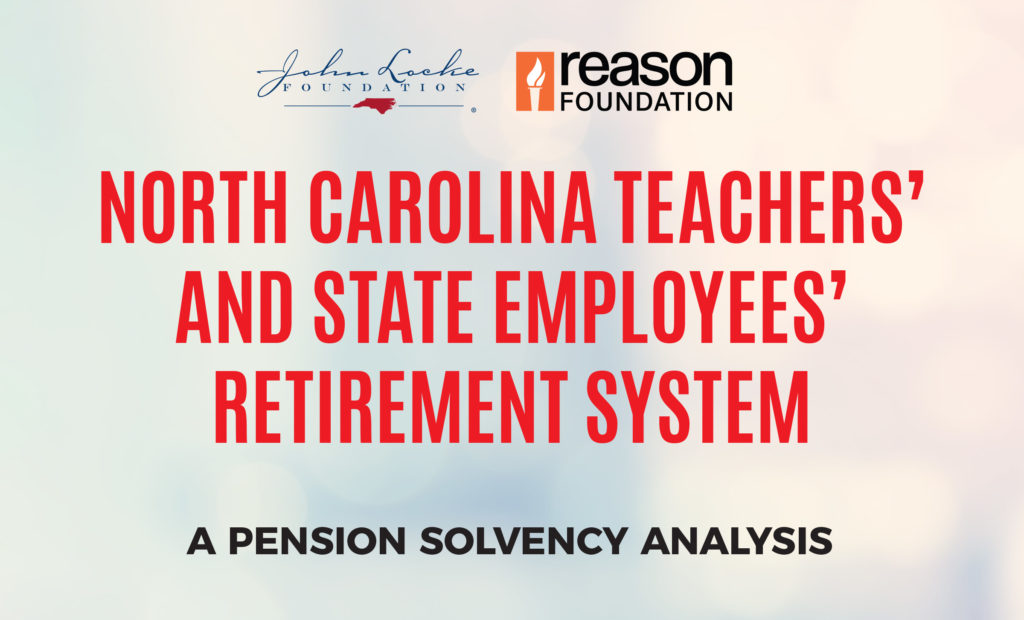
• Since the 1940s, over a million wells have used hydraulic fracturing (“fracking”) safely.
• Numerous academic, federal, and state studies have found no link between hydraulic fracturing and groundwater contamination.
• The process of hydraulic fracturing is not intrinsically dangerous.
• A growing consensus among energy companies, state regulators, academics, and environmentalists is that the safety issue rests in proper well construction.
• That is good news. It means that safe drilling is achievable through proper regulation and company due diligence.
• Chemicals used in fracking are about 99 percent water and sand.
• The rest is a blend of chemical additives used to condition the water, prevent well casing corrosion, control the fluid pH levels, kill bacteria, etc.
• Most of the chemicals used for fracking are also found in typical household products, including soaps, makeup, and other personal
care products. That means they are chemicals people already willingly encounter daily and safely.
• They are also used in consumer products for homes, pets, and yards.




